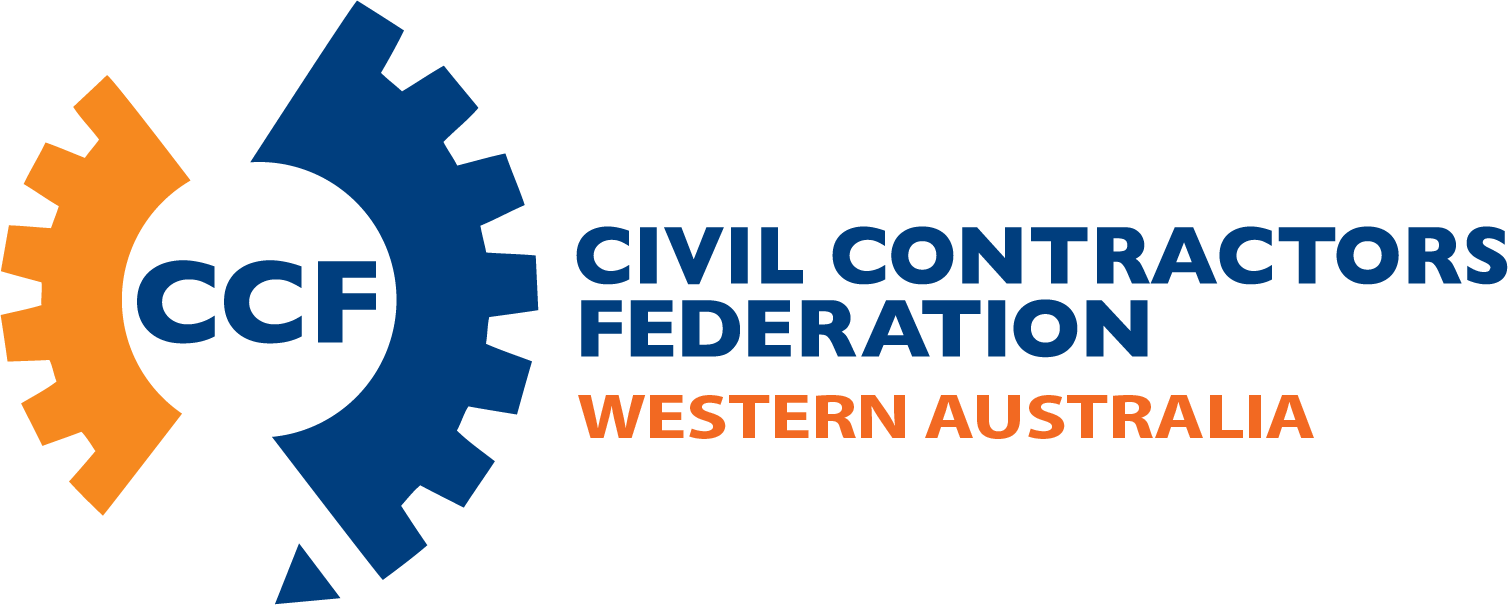CCF WA’s campaign for more certainty for the civil construction and associated extractive industries in the wake of the Eclipse decision has led to a constructive response from the Department of Water and Environmental Regulation (DWER). As we wrote in the recent CCF WA Bulletin Q1 2020, regulatory amendments since Eclipse had effectively addressed concerns that sand transferred from one site to another for land development could attract the waste levy (landfill levy). However, significant uncertainty remained where sand and other basic raw materials were offered for sale, and had led to the perverse outcome where long-term suppliers of high-quality construction materials were now being required to undertake regular and expensive testing to prove their product wasn't contaminated.
In response to CCF WA’s concerns, DWER has provided additional information supplementing the information provided in its factsheets: Assessing whether material is waste and Amendments to the Environmental Protection Regulations 1987 – clean fill and uncontaminated fill.
DWER has advised:
The 2018 landfill category amendments are only relevant to material that is defined as waste under the Environmental Protection Act 1986 (EP Act) and Waste Avoidance and Resource Recovery Act 2007.
- The amendments do not apply to material that is not waste, such as basic raw materials extracted from quarries (as part of extractive industries’ operations) and sold as products.
- The amendments also do not apply to waste that is processed by recyclers and sold as a product.
- Waste is defined in the EP Act. The Factsheet: Assessing whether material is waste sets out the matters that are relevant to determining whether material is waste within the meaning of the EP Act definition.
- A key consideration in determining whether material is waste is whether it is wanted by the source/ producer of the material: If the material is sold by a producer to a third party for a fair value, this generally indicates that the material is a valuable commodity wanted by the producer for sale, and hence not ‘waste’. For example, material from bulk earthworks that is wanted by the producer for sale, and which is purchased by a third party at market value is not waste.
- If the material is determined to not be waste, the uncontaminated fill thresholds and testing regime are not relevant, however it is still recommended that the end user ensures the material is fit-for-purpose including whether its use could cause pollution, constitute an unreasonable emission under the EP Act, or create a contaminated site within the meaning of the Contaminated Sites Act 2003.
Testing is not required for waste that meets the definition of ‘clean fill’.
- Users should be able to demonstrate that the waste has been excavated or removed from the earth in areas that have not been subject to potentially contaminating land uses including industrial, commercial, mining or intensive agricultural activities.
In classifying waste material as ‘uncontaminated fill’, it is not necessary to test for every substance listed in Table 6 in the Waste Definitions.
- The testing and sampling regime (Table 7) in the Waste Definitions allows for testing of substances based on the land use history of the site of origin for uncontaminated fill. This ensures that only likely contaminants are tested for, reducing the cost and complexity of the testing regime.
- The sampling and testing requirements are based on minimum data requirements to determine a 95 per cent upper confidence limit (of the average) and the requirement to characterise each domain or stockpile separately. This ensures that only testing of relevant substances is undertaken, and that the results are practical in their application.
- A user should be able to demonstrate that reasonable effort has been applied in determining that material is uncontaminated fill. It is recommended that records are maintained that demonstrate how information relating to the originating site’s historic activities was sought and considered in determining the list of substances to be tested for, together with the analytical results and any statistical assessment and data interpretation that has been undertaken.

